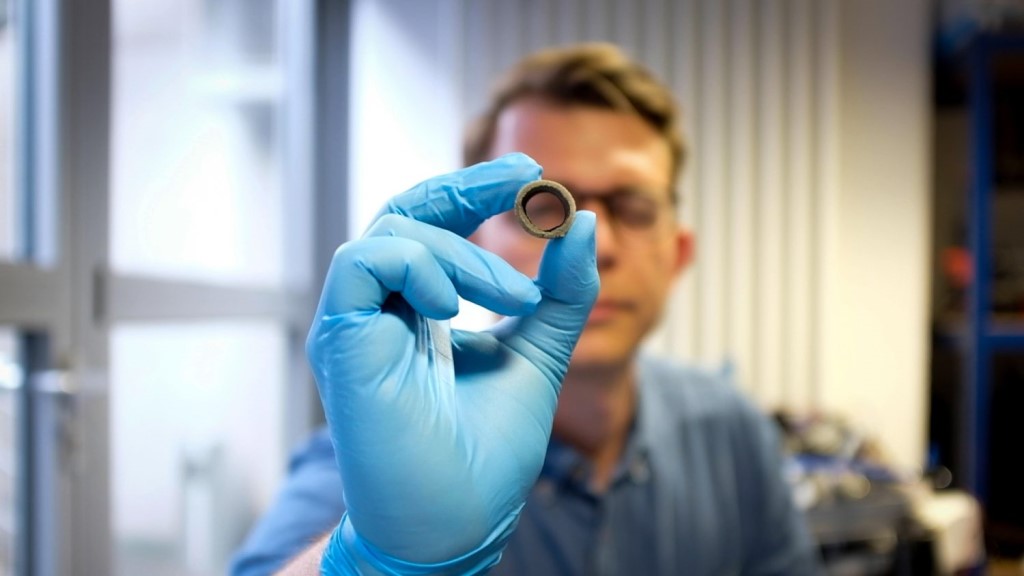
3D printing in space remains an intriguing proposition for the European Space Agency, which continues to examine native materials for extraterrestrial building opportunities.
Lunar Living
Let’s face it, the idea of establishing a human presence on the moon has been a dream of space researchers for the longest time. Take NASA, for example, which awarded the AI SpaceFactory first prize in its 3D Printed Habitat Challenge for developing a 3D printed housing solution that would be applicable on Mars or the moon.
For lunar life to become a reality, it would be far more practical to utilize resources that are locally available on the moon, rather than to carry all of the necessary equipment from Earth.
Billy Grundström is sharing his background in chemical engineering and material science with the advanced manufacturing team at Spaceship’s European Astronaut Centre to explore how lunar regolith (moon dust) could potentially help construct complex structures like buildings. The ESA has been examining this material for extraterrestrial 3D printing for some time now.
At the end of the day, the goal is to combine heating procedures and additives with lunar regolith to produce a robust material suitable for 3D printing to build complex structures like buildings on the moon.
Algae-Based Filament
The EAC has developed the EAC-1A: their own version of a regolith simulant to run their experiments with.
The unique part about this pursuit is that Grundström and his team aren’t focusing on plastic filaments at all for their extrusion-based 3D printing experiments. Instead, they have gone the bio-based route to develop an algae-based filament composed of regolith simulant, water, and the algae-based bio-additive.

[Source: European Space Agency]
We actually tested algae filament developed by 3D-Fuel here at Fabbaloo a couple years ago — and found that it produced good quality prints, but smelled like a swamp. On the other hand, astronauts won’t really be able to smell it, since there’s no air in outer space, so the focus remains on quality rather than smelliness.
Implications
The real question is how this proposed filament would function once on the moon. Grundström says that the required algae could be grown on the moon using bioreactors and could fully survive by utilizing exhaled carbon dioxide together with water and the sunlight that’s readily available on the moon.
He suggests that:
‘’Many of the problems we face in space exploration require circular solutions as we need to reuse and recycle what we have at hand. This circular mind-set is also beneficial when working on solutions to Earth-based problems, to avoid placing too much strain on available resources.’’
In another project led by a team of aerospace engineers at Munich University of Applied Sciences (also backed by the ESA), ViscoTec’s vipro-HEAD printhead is being used to conduct zero-gravity 3D printing experiments.
Sabrina Kerber recently investigated polymer 3D printing and its applications in improving moonbase life. In terms of metals, Relativity Space and 6K have partnered with the sights of powdering scrap metals and using the powder to additively manufacture rocket parts.
The Ultimatum
The idea is promising, but it’s still a work in progress. If it does turn out to be applicable, it will undoubtedly bring us a step closer to introducing human life onto not only the moon, but perhaps even other planets.
